Photographers. Counterfeit Memory Cards Are Still Very Much A Problem
As photographers, we spend thousands of dollars on our equipment. We spend hours researching the product we wish to buy, confident that when we do buy it, it will be the genuine article.
There is one item of our kit though, an essential item at that, where we really do need to be careful when purchasing and that is memory cards.
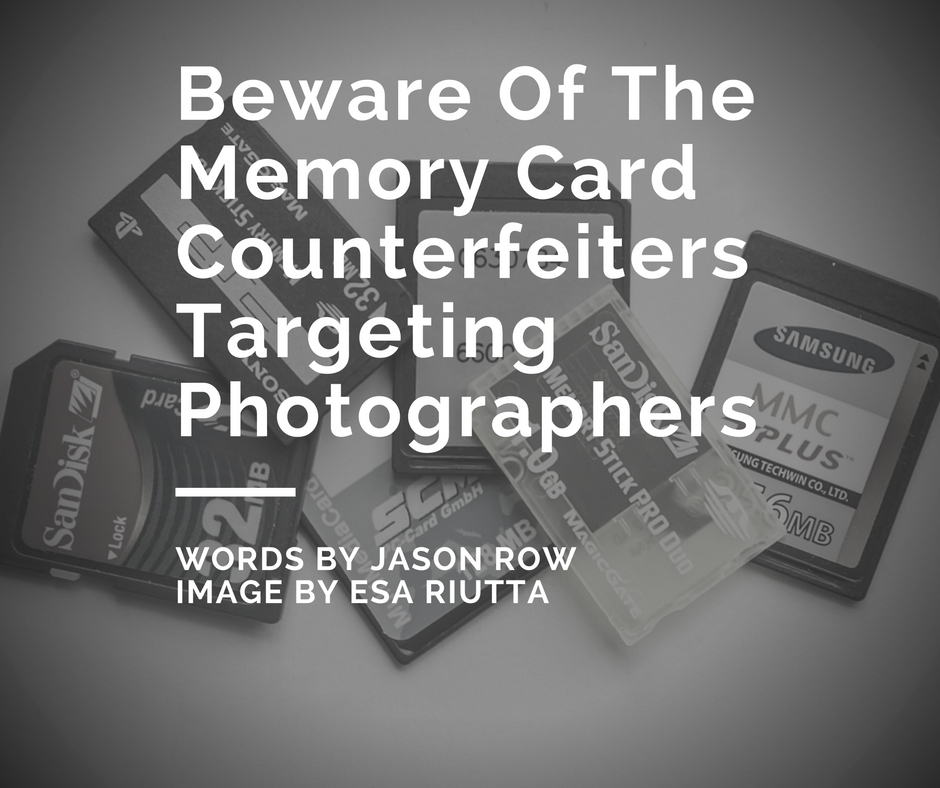
The counterfeiting of memory cards is not a new phenomenon, it has been around nearly as long as digital photography itself. It is, however, a growing problem and one that is surprisingly easy to get caught by.
Yes, even experienced photographers get stung every now and then!
Today we are going to look at why counterfeiters are targeting memory cards, where you are most likely to encounter them and how to spot them.
[url=https://flic.kr/p/c1cvZS][img]https://c1.staticflickr.com/8/7239/7222171592_7134a2e62c_z.jpg[/img][/url]
Not all memory cards are the genuine article. By Julien GONG Min
1. Why Memory Cards?
Obviously, the why is financial, but what are the reasons they are targeting this particular part of the photographic chain?
- Firstly, its very easy to fake a memory card. This can be in one of two ways, setting up a facility to manufacture them or buying in genuine memory cards of a small capacity and re-labelling them to suggest a much higher capacity.The technology behind a basic memory card is not that sophisticated by today’s standards. Creating the casing is very easy given modern production techniques. It’s therefore pretty easy to combine the two to create an SD card that looks like and to an extent works like its genuine counterpart.
- Because memory cards have been around a pretty long time now, there are huge surpluses of older smaller capacity cards available.These can be bought at extremely low prices in bulk.The counterfeiters then re-badge the cards with branding from established manufacturers and vastly inflate the memory size. Typically, 8gb cards are being sold as 64gb cards!
The reason these counterfeit products get into the market is due to large third-party wholesalers such as Alibaba. The fakers can easily set up accounts with Alibaba to sell their wares to unsuspecting internet retailers.
They then sell as many as they can before disappearing and setting up under a new name. Very often the person retailing to the consumer is actually unaware that the memory cards are fakes as can be seen in this PetaPixel article.
[url=https://flic.kr/p/7bi3LP][img]https://c8.staticflickr.com/3/2470/4054631799_bfda2543ef_z.jpg[/img][/url]
Sellers use Alibaba to sell to unaware retailers. By Clive Darra
2. Where Will I Encounter Fake Memory Cards – Where To Stay Clear
The three big places where you are at risk of buying counterfeit memory cards are
- The aforementioned Alibaba and the two internet giants,
- eBay, and
- Amazon Marketplace.
Actually, the latter two are the most common source for us photographers to find them. eBay and Amazon have allowed small businesses to trade on a global platform, often from the comfort of a living room.
The problem is that these small traders often just look at market prices and look for the biggest gains. They don’t necessarily have any expertise in what they are buying, they simply bulk order and sell on.
Often they can be oblivious to the fact they are selling fakes themselves, usually for quite some time. It’s only when the cards begin to fail, that the issue raises its ugly head.
However, by this time the wholesaler has conveniently disappeared into cyberspace. The lesson here, stick to 100% legitimate websites – ideally photography websites, for example, B&H Photo.
Alternatively, buy from bigger/established retailers within Amazon or Amazon themselves – there's certainly no need to avoid them.
[url=https://flic.kr/p/o7Z6qa][img]https://c6.staticflickr.com/4/3918/14518887477_202c86dbaa_z.jpg[/img][/url]
Counterfeits increase your chance of image corruption. By Patrick Pelletier
3. Become Eagle-Eyed – Spotting A Fake!
This is actually not an easy task. Whilst reputable manufacturers are using increasingly sophisticated techniques to protect their products, the counterfeiters are keeping up.
The main issue is that although a company might put a holographic label on it’s memory cards, these do not show up well on product images shown on the internet.
The counterfeiters simply create a label that appears to have a hologram or even show the real product in their advertising – which of course is totally misleading for the consumer!
The Key To Avoiding Fakes Is Common Sense
- As mentioned, there's no reason to avoid eBay or Amazon, but stick to the big established retailers with very high or near perfect ratings. Look for big retailers that specialize in photographic goods.
- Remember, if the price looks too good to be true, it's almost certainly a fake.eBay have several guides to spotting fakes they are well worth a read. https://www.ebay.com/gds/Detecting-fake-and-bad-microSD-cards-USB-drives-flash-memory-/10000000177896377/g.html
[url=https://flic.kr/p/h5NzZ][img]https://c4.staticflickr.com/1/46/182001099_c2a560a588_z.jpg[/img][/url]
eBay and Amazon are the primary source of fake cards. By Mike Knell
Memory cards are as important to us as reliable cameras, good lenses and well-charged batteries. Without any of these, we'd struggle to take good pictures.
Whilst on the face of it buying a counterfeit card might seem like a good deal, the issues caused not only effect you but all photographers.
Your fake card has a much higher probability of failing than a real one. That could be at any time, without warning, leading you to loose valuable images. So please exercise caution here.
Summary
The bigger picture though is that every fake card bought is lost revenue for the real manufacturers. That means not only less money for research but more expense for protecting their products.
The end result is that we as consumers end up paying more because some of us choose to use fakes. Next time you are in the market for some memory cards make sure you put in as much research as you would any other photographic item. It pays out better for all of us if you do.
As I've said in a previous article of mine – Remember: Buy cheap, buy twice.
Top Takeaways
- Do your research. If a memory card looks like a really great deal and especially compared to top sites, chances are it's a fake.
- To be safe, stick to well-known brands on the reputable sites and ensure you're doing a price comparison, just to know things look legit.
- Ask for advice from other photographers, in groups or even at your local camera shop.
Further Resources
- Your Guide To Buying an SD Card – 7 Helpful Tips by Jason Row
- How to Recover Deleted and Corrupted Photos from Your Memory Card by Jason Row
- Ideas on How to Archive And Back Up Your Photos Properly to Make Your Life Easier by Dzvonko Petrovski
Further Learning
Remember all types of digital photography requires a memory storage device and it’s more important than ever during an event to have extra-reliable cards (i.e. of reputable quality).
This online guide “Event Photography” by Steele Training will cover the secrets of successful event photography to get you started.

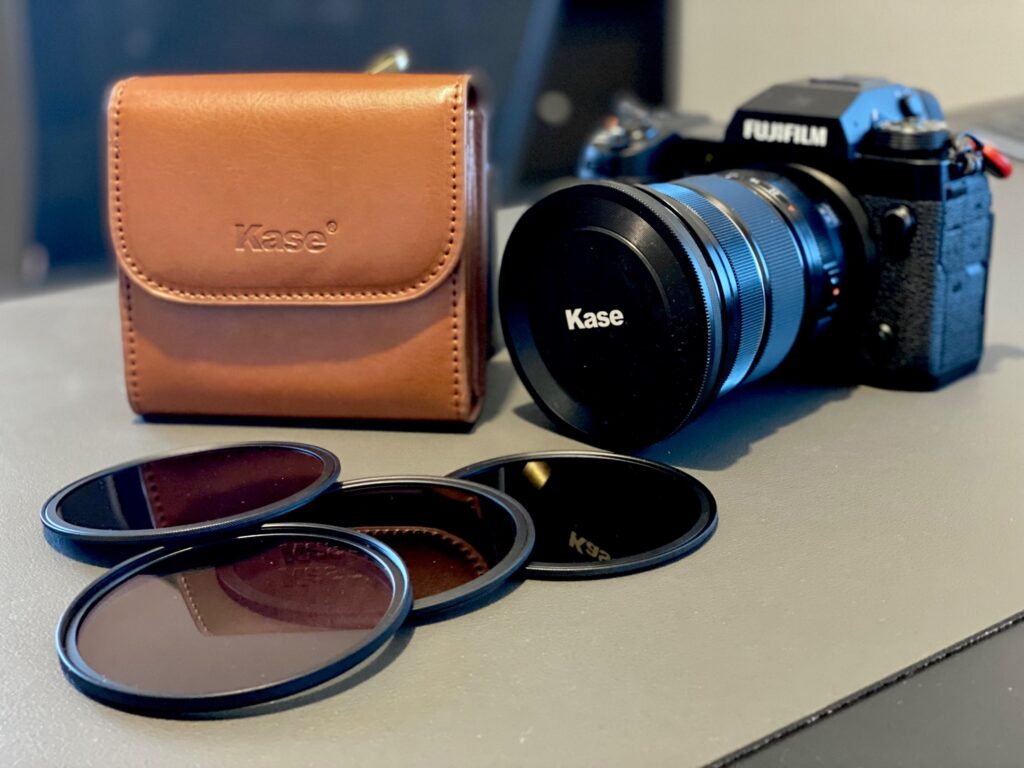
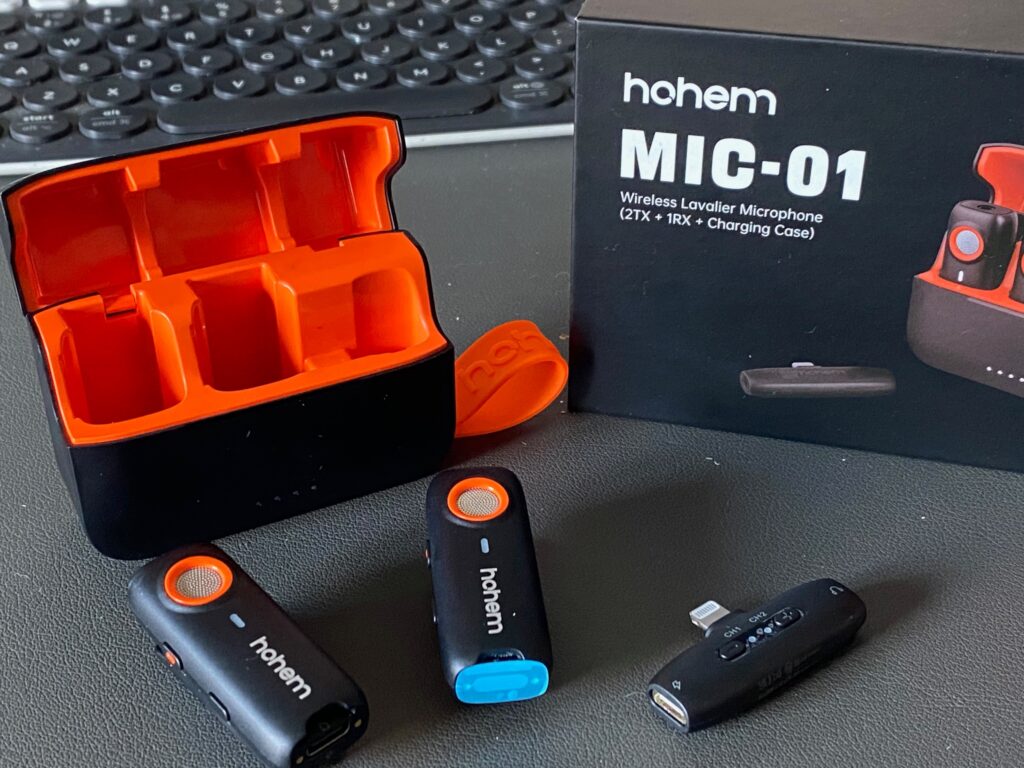
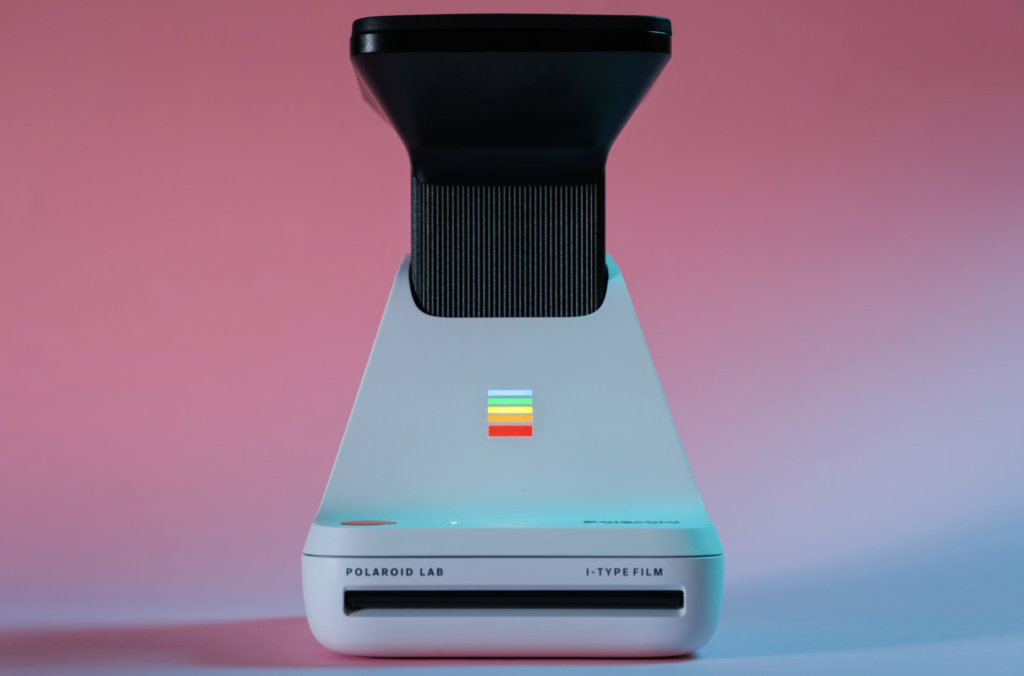
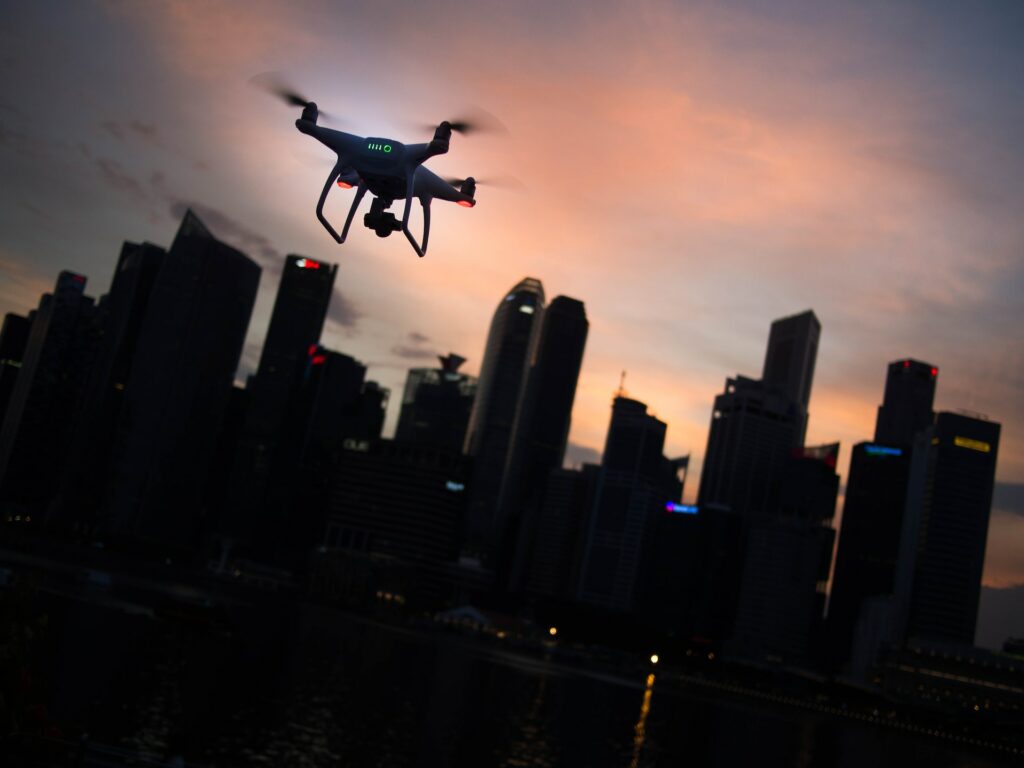
5 Comments
It’s worth noting that counterfeit cards can also come in “correct capacity but lower class” flavours, meaning much slower transfer times. There are apps to test this if you’re suspicious, although I do not recall what I used in the past.
No problem I only buy mine at at a reputable dealer never on Ebay or Amazon sorry folks you do that you get exactly what you deserve. You know the adage “if it seems too good to be true then it probably is”
I have “suffered” the problem of being sent fake memory units, in my case it was a USB memory plug, supposedly 3 or 5gb, I’ve forgotten. But there was actually no loss suffered (that word again) because I used PayPal.
As soon as I received my new unit I naturally plugged it in: It contained no memory! It was a beautiful little golden block, but useful only as a paper weight.
I immediately contacted PayPal, they immediately stopped the sale. The seller failed to contact PayPal, so I did not pay. Maybe PayPal lost money, but sometimes that’s their job, right?
@CA – a fair comment there.
“Alternatively, buy from bigger/established retailers within Amazon or Amazon themselves – there’s certainly no need to avoid them.”
Sadly, this is not safe, either, due to how Amazon commingles inventory:
https://consumerist.com/2014/05/12/does-amazons-inventory-commingling-help-fake-products-fly-under-the-radar/